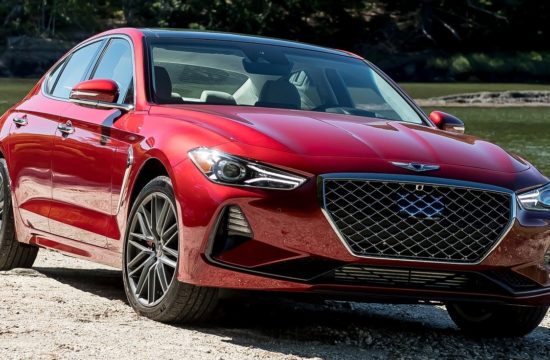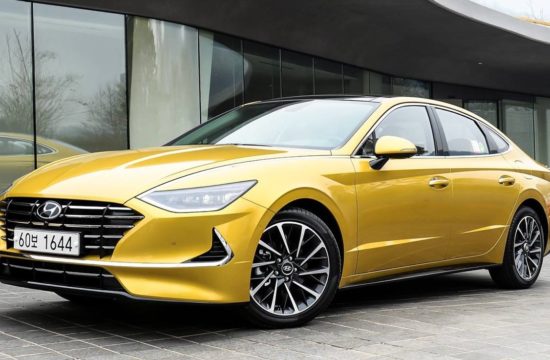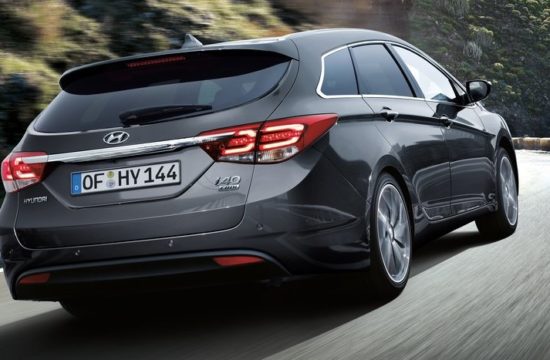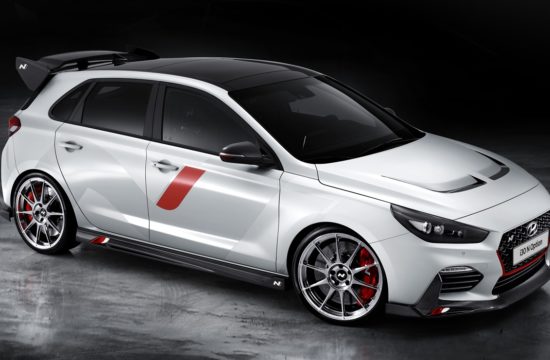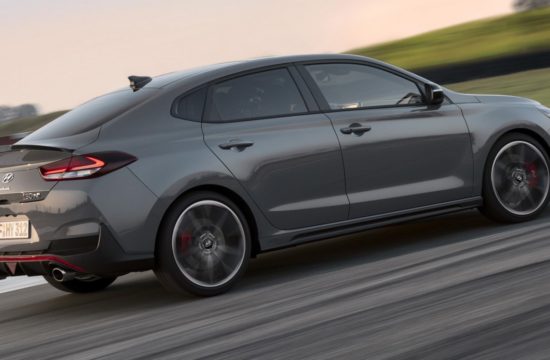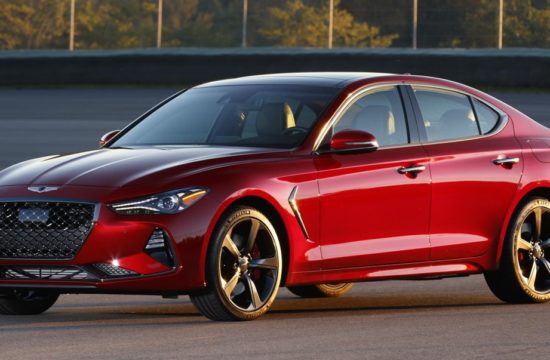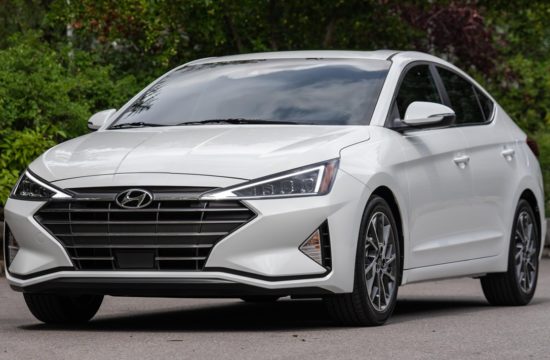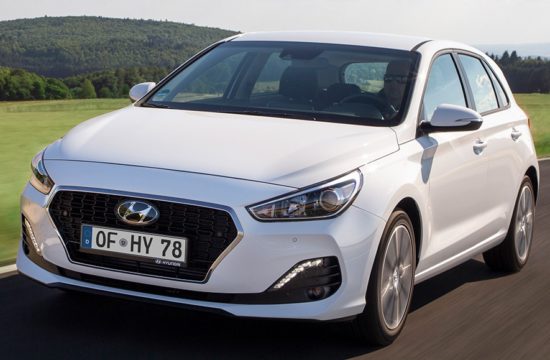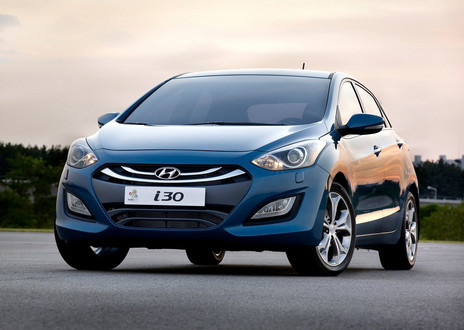
Further details of the second generation Hyundai i30 released as the car makes its debut in Frankfurt.
Replacing a best seller in Europe, the new 2012 i30 has got a lot to live up to, and by the looks of things it’s got all the bases covered. The car looks much better then the outgoing i30, inside and out, it is even better equipped, and has got more efficient engines.
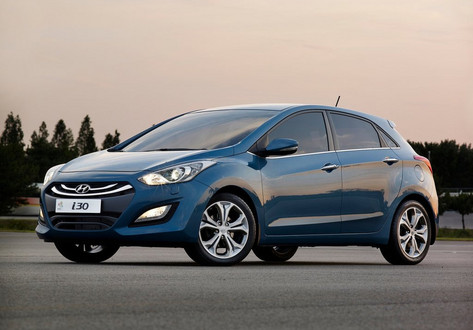
The new-generation Hyundai i30 also bears Hyundai’s signature frontal feature – the hexagonal-shaped grille, and the new head and tail lights design which is common between all new models.
The overall length (4300 mm) and width (1780 mm) have been increased, while the height has been reduced (1470 mm), generating sportier exterior proportions without compromising functionality. Cargo capacity in the new-generation Hyundai i30 is 378 liters with the rear seats upright – an increase of 10% compared to the original model.
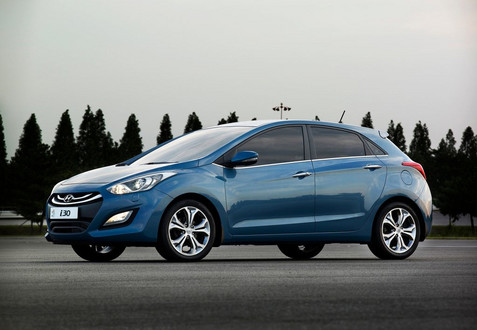
Engine-wise the new i30 will be available with a choice of three gasoline and three diesel variants, with power outputs ranging from 90 to 135 ps. There is the 1,6-liter variable geometry turbo (VGT) ‘U-II’ diesel unit with 90 or 128 ps, and featuring Integrated Stop & Go (ISG), low-rolling resistance tyres and an alternator management system, and the Hyundai’s 1,6-liter ‘Gamma’ GDI (gasoline direct injection), a 1.591 cc unit that generates 135 ps and 164 Nm of torque.

Cabin refinement and specification on the new i30 have been inspired by the high standards of the all-new i40. You get Hyundai’s new Flex Steer option with three operating modes – Comfort, Normal and Sport – the system can be used to vary the level of steering assistance and feedback in order to suit driving conditions and make the journey more pleasurable.
A large TFT Supervision cluster is available in the same quality found on i40 – providing a wide range of essential information to the driver in high-resolution clarity. Located in the centre console, the navigation system is displayed via a 7-inch touch-screen.
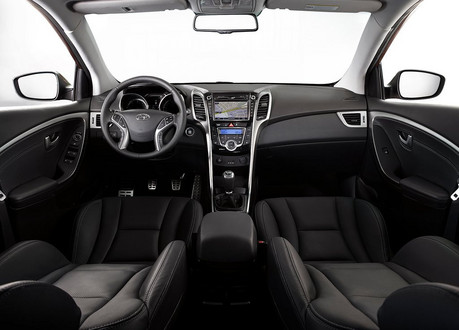
he new-generation i30 features the latest active and passive safety technologies to ensure maximum protection for its occupants. Active safety features include ESP (Electronic Stability Program), ABS (anti-lock braking system), VSM (Vehicle Stability Management) and Emergency Stop Signal. In terms of passive safety, the new-generation Hyundai i30 will be fitted with six airbags as standard – front, side and curtain – while a driver’s knee airbag is optional.

